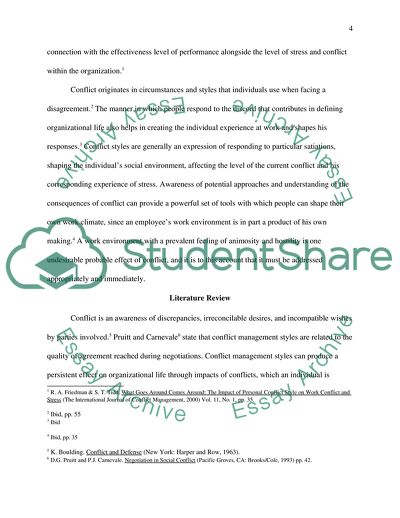Cite this document
(Challenging Situation in a Corporate Setting Case Study, n.d.)
Challenging Situation in a Corporate Setting Case Study. https://studentshare.org/sociology/1714394-tqm
Challenging Situation in a Corporate Setting Case Study. https://studentshare.org/sociology/1714394-tqm
(Challenging Situation in a Corporate Setting Case Study)
Challenging Situation in a Corporate Setting Case Study. https://studentshare.org/sociology/1714394-tqm.
Challenging Situation in a Corporate Setting Case Study. https://studentshare.org/sociology/1714394-tqm.
“Challenging Situation in a Corporate Setting Case Study”. https://studentshare.org/sociology/1714394-tqm.


